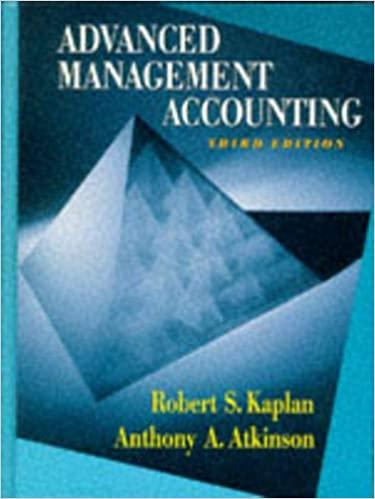



Homestore, Inc. and Store-It, Inc. are the only two manufactures of large plastic storage containers. Because the product of these two companies are considered the same, the companies represent a duopoly with an undifferentiated (i.e. homogeneous) product. Each company seeks to maximize profit, incurring a constant marginal cost of $10 per container (MC=$10 ). Assume there are no fixed costs, and because MC is constant, average variable cost (AVC ) is also equal to $10. The (inverse) market demand for containers is given by the function P=902Q, where P is in dollars and Q is in millions of containers per year. Because there are only two companies in this market, total quantity in the market is given by Q=QH+QS, where QH is the number of containers Homestore produces (in millions) and QS is the number of containers Store-lt produces (in millions). Assume the companies simultaneously choose how many containers to produce, which means the market is a Cournot duopoly. Use this information to answer Part A below (NOTE: There are also parts B and C to this problem). PART A: a. When both companies set quantity simultaneously, the reaction function of Homestore is and the reaction function of Store-It is NOTE: Mark an " X " in the small box to the left of your chosen answer. b. In equilibrium, Homestore produces million cases a year, and Store-lt produces million containers a year. NOTE: Mark an "X" in the small box to the left of your chosen answer. c. What is the market price? Market Price: d. What is the profit (in millions) of each company? NOTE: "in millions" means you can omit the last six digits (i.e. use values from above). Homestore Profit: Store-lt Profit: e. In this case, Homestore would produce million containers a year and Store.It would produce million containers a year. NOTE: Mark an "X" in the small box to the left of your chosen answer. f. What would be market price in this case? Market Price: g. What would be the profit (in millions) of each company? Homestore Profit: Store-lt Profit: PART C: Suppose Homestore and Store-It acted as a cartel. h. In this case, and assuming each company produced the same amount, how many containers would each company produce? Production by each company: i. What would be market price in this case? Market Price: j. What would be the profit (in millions) of each company? Homestore Profit: Store-lt Profit










